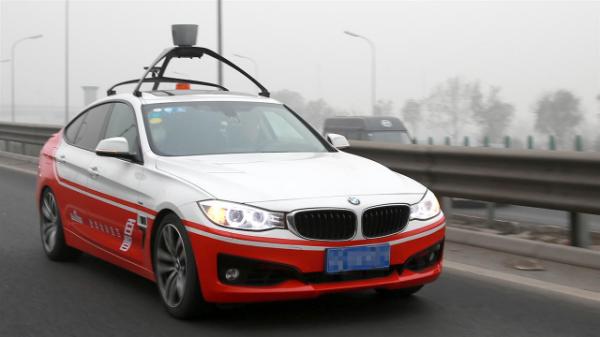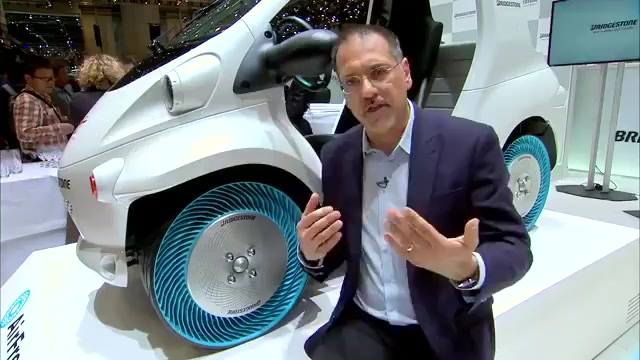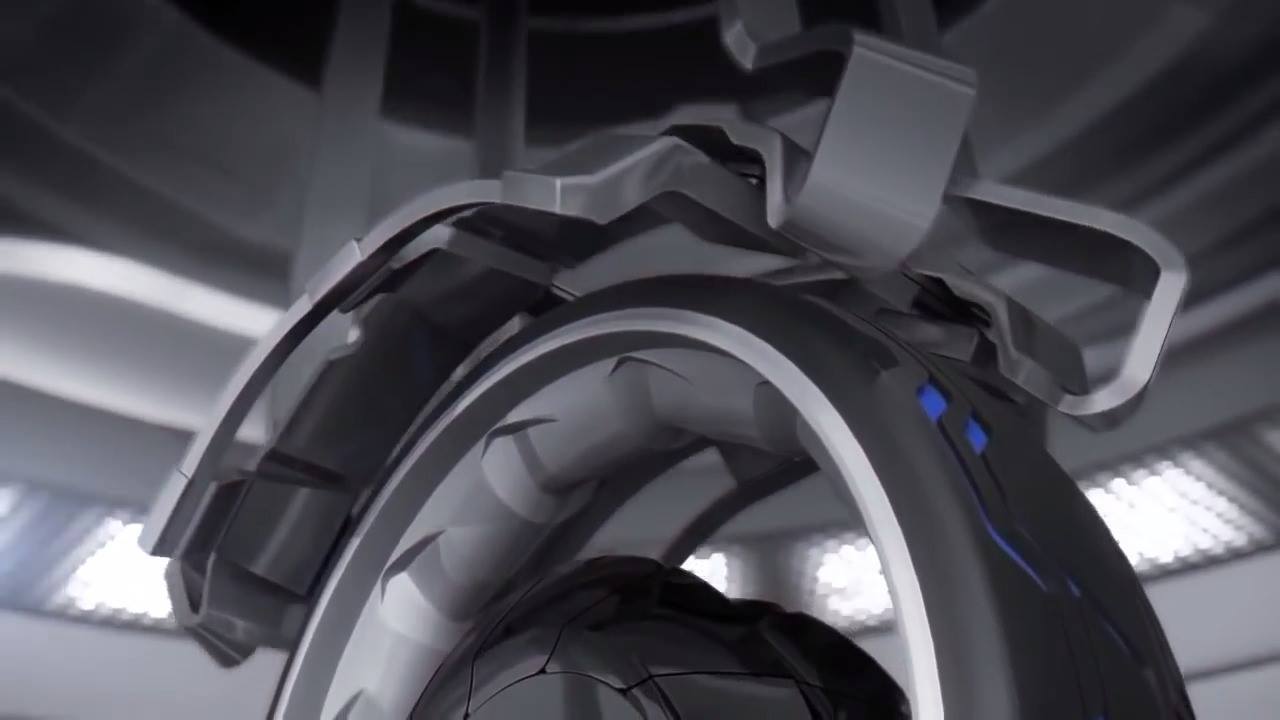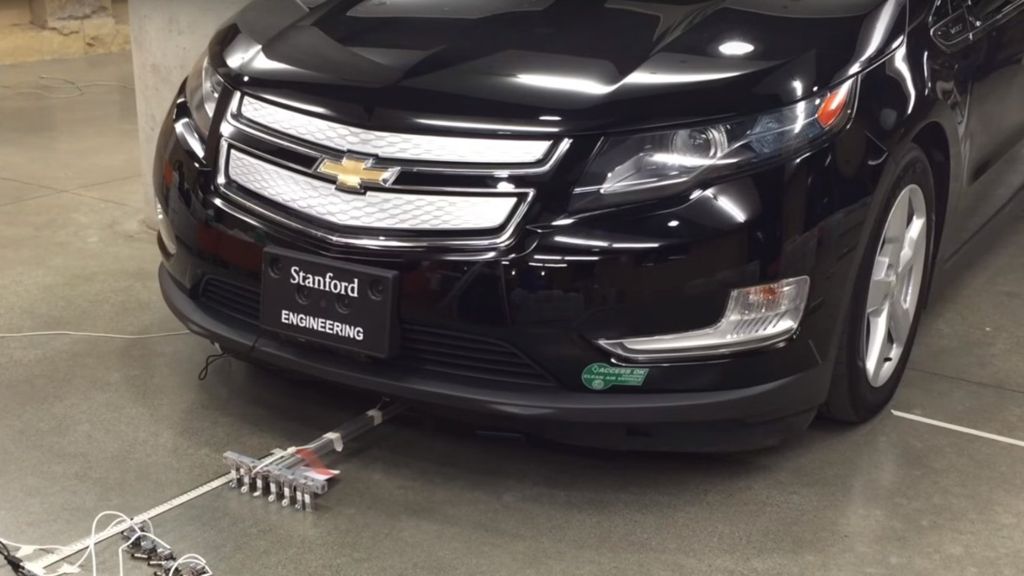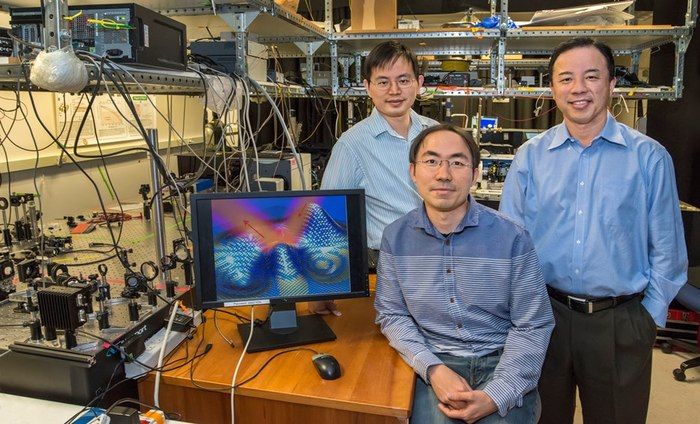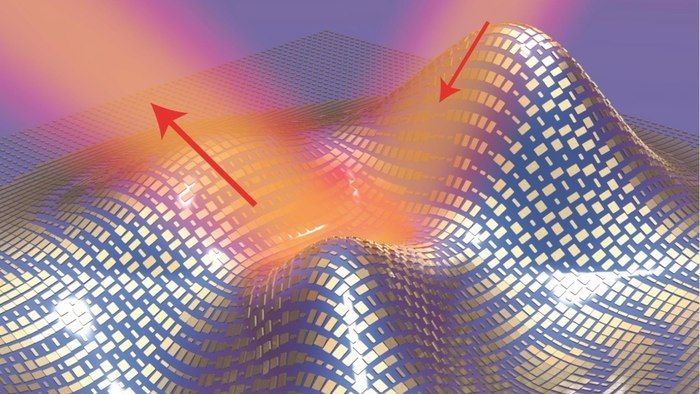Baidu Inc. will soon start testing autonomous cars in the U.S., part of the Chinese tech giant’s effort to introduce a commercially viable model by 2018.
The move, disclosed by Baidu’s chief scientist Andrew Ng in an interview late Tuesday, is a significant step for the company, which is trying to get ahead in the race to build autonomous cars and is now calling on the resources of its Silicon Valley tech center to advance the effort. At the same time, Baidu is advocating for better coordination with the U.S. government, which the company says is necessary to get self-driving cars on the road.
Central to the push is Mr. Ng, an artificial-intelligence scientist who conducted groundbreaking research at Stanford University and at Alphabet Inc.’s Google. He’s also a co-founder of online-learning company Coursera Inc.
